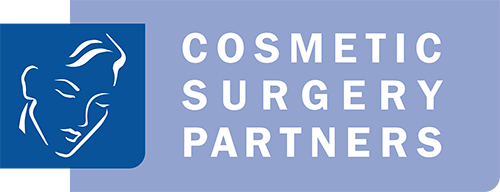Hooded Eyes: Causes, Symptoms, and Treatment Options

Hooded eyes are a common condition where excess eyelid skin folds down partially or fully covering the eyelid crease. While some people naturally have hooded eyes as a genetic trait, for others, it can develop with age and contribute to aesthetic or even functional concerns.
Whether you’re bothered by the appearance of hooded eyes or experiencing visual obstruction, understanding the causes, symptoms, and most effective treatments can help you make an informed decision about care and possible correction.
What Are Hooded Eyes?
Hooded eyes occur when the upper eyelid skin stretches and hangs over the upper eyelid, sometimes causing a “heavy” or “droopy” appearance. This can be:
- Genetic (inherited) — a completely natural facial feature
- Acquired (age-related) — due to skin laxity, fat displacement, or muscle weakness over time
While hooded eyes are entirely normal and can be a beautiful feature, they can sometimes lead to both cosmetic and functional issues that warrant correction.
What Causes Hooded Eyes?
Several factors may contribute to hooded eyelids, including:
1. Genetics
Some people are simply born with hooded eyes. This is a natural facial structure and can be seen in many ethnic backgrounds, particularly those of East Asian or Northern European descent.
2. Ageing
One of the most common causes of acquired hooded eyes is ageing. Over time, skin loses elasticity and collagen, leading to sagging in the upper eyelid area.
3. Weak Eyelid Muscles
Conditions like ptosis (drooping of the upper eyelid due to weak muscles) can also create the appearance of hooded eyes and may be mistaken for simple excess skin.
4. Lifestyle & Environmental Factors
Sun exposure, smoking, and stress can accelerate skin ageing, worsening the appearance of hooded eyes earlier in life.
Symptoms of Hooded Eyes
Hooded eyes are usually easy to spot, but they can present both cosmetic and practical concerns. Common signs include:
- A “fold” of skin that hangs over the natural eyelid crease
- The upper eyelid appears partially or fully hidden
- Eye makeup (especially eyeliner or eyeshadow) smudges more easily
- A heavy feeling around the eyes
- Visual obstruction in severe cases
If hooded eyes are causing discomfort or vision problems, they may go beyond a cosmetic concern and require medical intervention.
Best Non-Surgical Treatments for Hooded Eyes
For those looking to reduce the appearance of hooded eyes without surgery, several non-invasive treatments may help, particularly in the early stages.
1. Anti-Wrinkle Injections (Botox)
Strategic placement of Botox can lift the brows slightly, helping to open the eye area. This “chemical brow lift” provides a subtle, temporary improvement for mild hooding, but is very limited and works only for early cases.
2. Dermal Fillers
Fillers placed in the brow or temple area can restore volume lost due to ageing, providing a gentle lift to sagging skin.
3. Radiofrequency or Laser Treatments
Energy-based treatments like Thermage or Ultherapy stimulate collagen production and tighten the skin around the eyes.
Note: These treatments are best for mild cases and may need to be repeated for ongoing results.
Surgical Treatment: Upper Blepharoplasty (Eyelid Surgery)
For moderate to severe hooding, the most effective and long-lasting solution is upper blepharoplasty—a surgical procedure that removes excess skin and, if needed, fat or muscle from the upper eyelids.
What to Expect:
- Procedure time: Usually 1–2 hours
- Anaesthesia: Local with or without sedation
- Recovery: 1–2 weeks for most swelling and bruising to subside
- Results: More defined eyelid crease, brighter and more youthful eye appearance, improved vision in some cases
Blepharoplasty at Cosmetic Surgery Partners is performed by experienced consultant surgeons with a focus on natural-looking results that enhance—not alter—your unique features.
Benefits of Treating Hooded Eyes
Whether through surgery or non-invasive options, treating hooded eyes can offer both aesthetic and functional benefits:
- Brighter, more youthful-looking eyes
- Enhanced symmetry and definition of the eye area
- Better makeup application
- Improved field of vision (in severe cases)
- Cannot promise the 2nd benefit of surgery
Conclusion
Hooded eyes are common and entirely natural—but if they’re affecting your appearance, comfort, or confidence, you have options. From non-surgical techniques to expert blepharoplasty, Cosmetic Surgery Partners offers safe, tailored solutions to restore a refreshed, open-eyed look. Book a consultation to discover the best treatment path for your unique facial anatomy.




